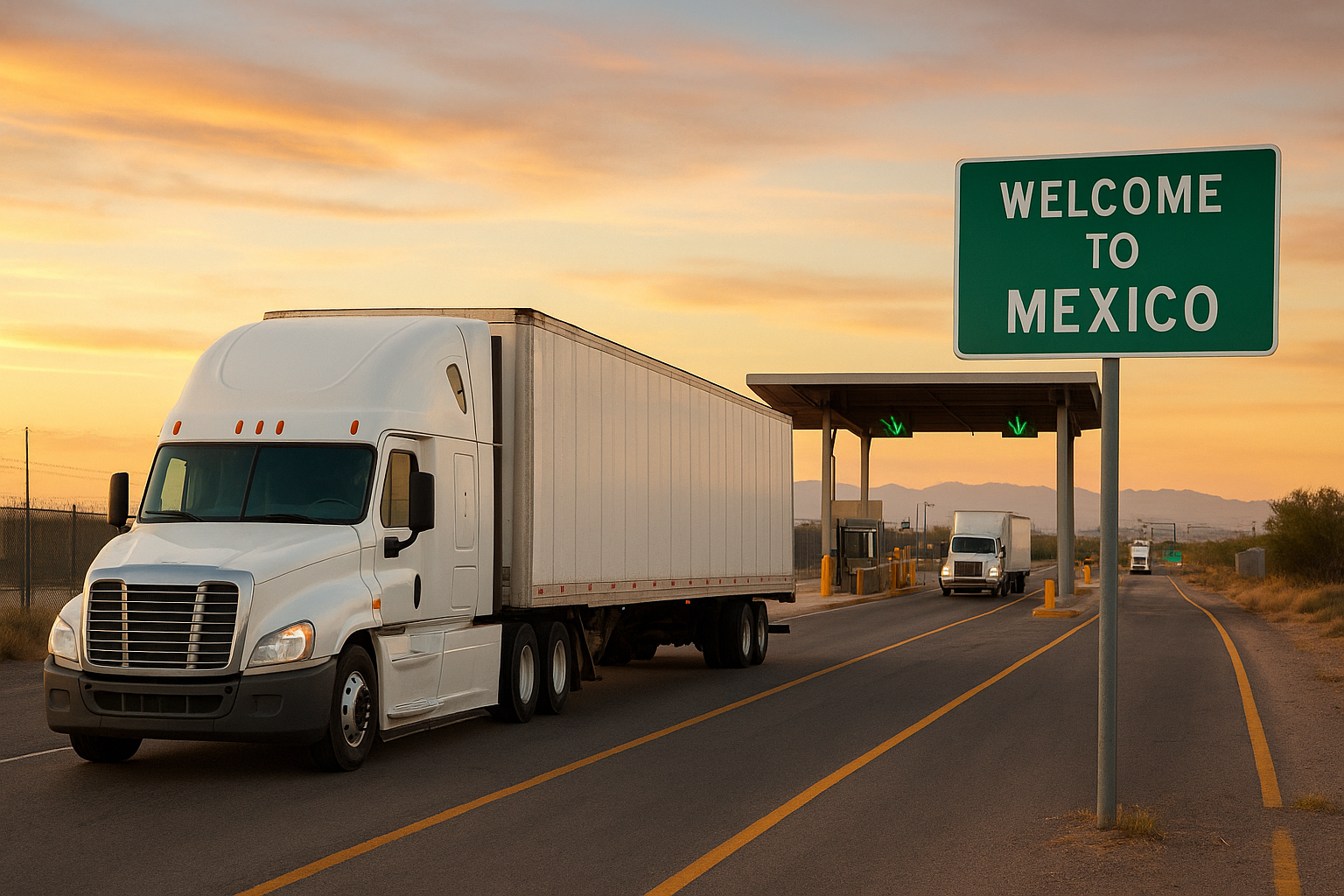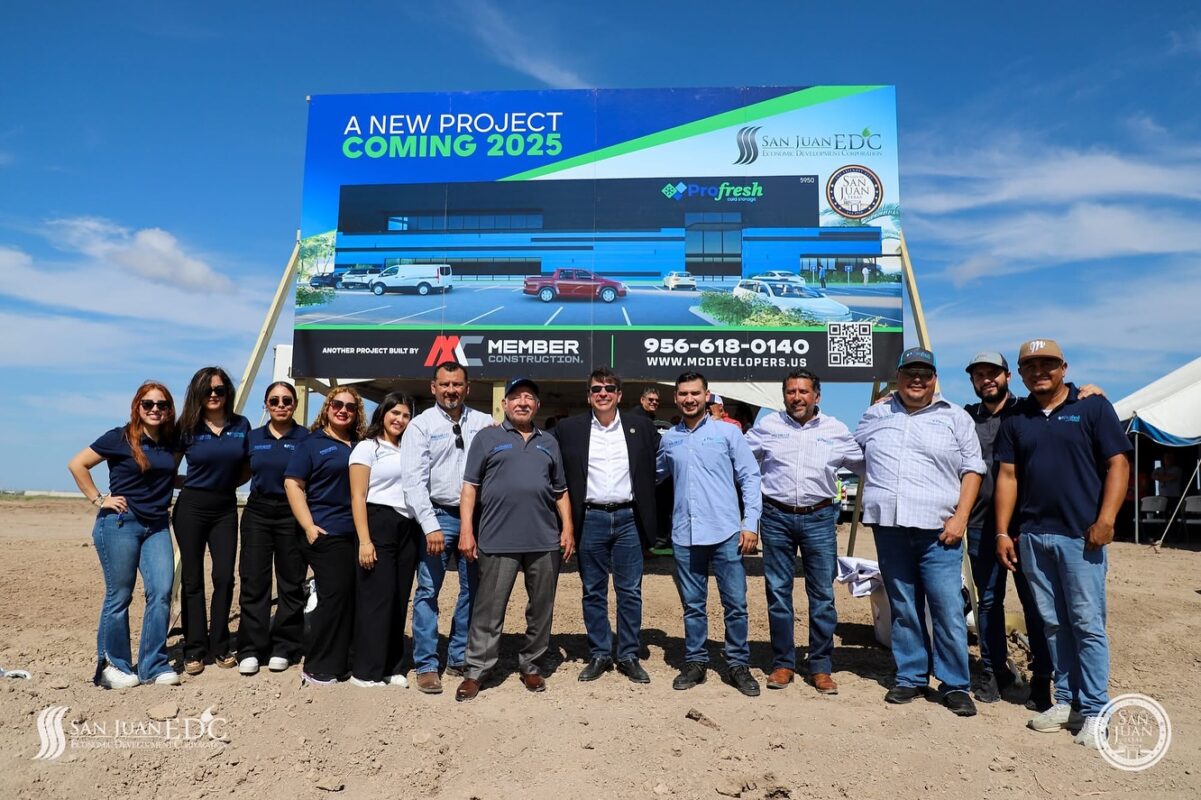How Innovation Is Transforming the Mexico–US Supply Chain

In recent years, the demand for cold storage across North America has surged — and nowhere is this transformation more visible than along the Mexico–United States border. From the bustling trade corridors of Laredo and Reynosa to the new logistics hubs emerging in Baja California, temperature-controlled infrastructure is becoming the backbone of cross-border commerce.
The Rise of Border Cold Storage
Every day, thousands of refrigerated trucks cross the border carrying everything from avocados and berries to vaccines and biologics. As both nations deepen their trade ties under the USMCA, cold storage facilities are now strategic assets, not just warehouses.
However, these facilities face a unique challenge at the border: balancing two regulatory frameworks, climates, and energy systems. While the U.S. side pushes automation and advanced monitoring, many Mexican operators are investing heavily to modernize their facilities and meet export standards for temperature-sensitive goods.
Technology Is Changing the Game
New innovations are redefining what “cold storage” means.
AI-driven temperature monitoring systems can now detect anomalies in real time, preventing costly spoilage.
IoT sensors track humidity and air flow across warehouses and trailers, sending live data to dashboards accessible on both sides of the border.
Energy-efficient insulation and solar integration are helping reduce operational costs in regions with extreme heat, like Sonora and Tamaulipas.
These technologies don’t just protect inventory — they build trust between suppliers, distributors, and customs officials, making cross-border operations smoother and faster.
Sustainability at the Core
As the world shifts toward greener logistics, the border region faces an opportunity to lead.
Cold storage operators are experimenting with solar-powered refrigeration, low-emission transport fleets, and ammonia-free cooling systems to reduce carbon footprints.
Sustainability isn’t just a trend; it’s becoming a competitive advantage for exporters who need to meet international ESG standards and prove traceability.
A New Border Economy Built on Precision
In border cities like Tijuana, Monterrey, and Juárez, cold storage is fueling the rise of a new “precision logistics” economy — where temperature control, timing, and data transparency define success. The same technology that keeps produce fresh for U.S. supermarkets is now supporting biotech, pharmaceuticals, and specialty manufacturing.
Cold storage is no longer a back-end necessity; it’s a strategic link between innovation and trade.

